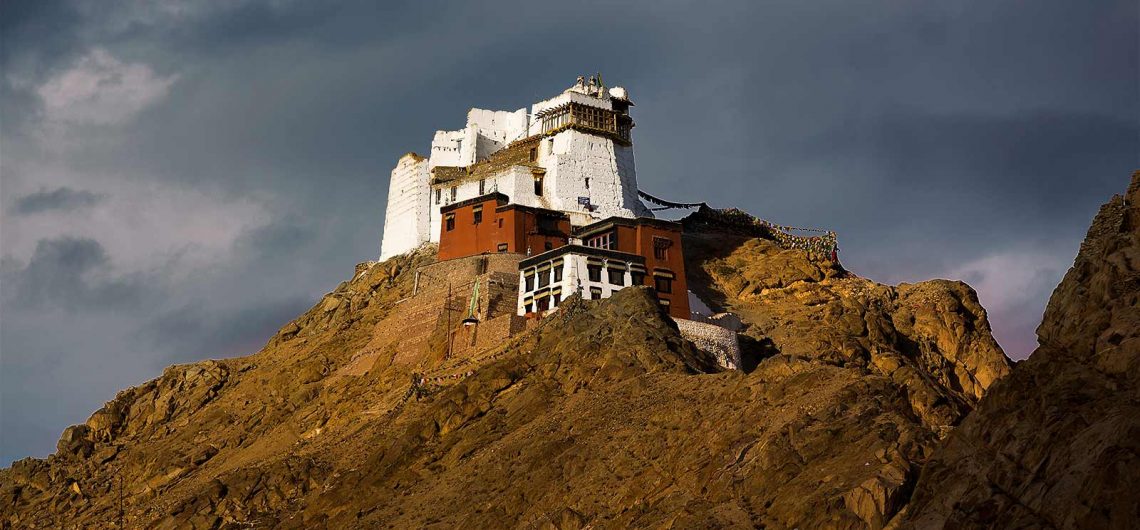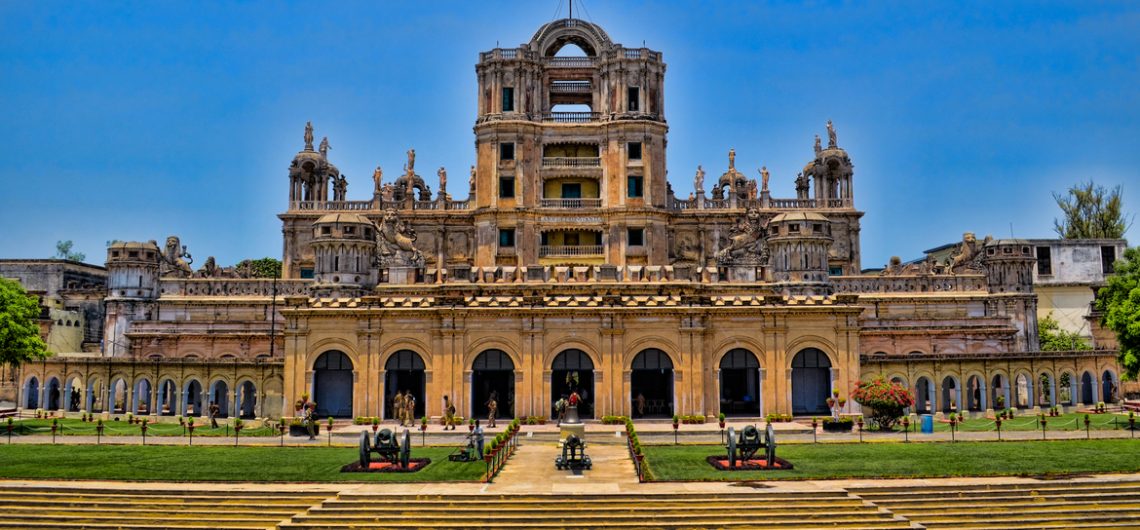Get ready for firsthand experience of the village life in the Thar Desert and interact with the villagers living there. Discover the joy of living in a desert mud cottage or desert camp and enjoy a camel safari across the Thar with visit to the theme based village. One of the oldest settlements in the country, Rajasthan is the heritage as well as cultural capital of India. It is in this state where people of different language, colour, caste and creed mix together. Be it the cities or the countryside, the place always fascinates its visitors with its enchanting beauty and historical importance. Among the various tours, Rajasthan village tours are the best ways to explore and revisit the rustic charm of the desert capital. These hamlets take the visitors through a timeless journey of life and experience in the golden Thar Desert. Khuri Village Tour Bijaipur Village Tour Samode Village Tour Mandawa Village Tour Bishnoi Village Tour Write to us on contact@goingindiaa.com OR goingindia5@gmail.com Day 01: Arrival Delhi Day 02: Sightseeing of Delhi Day 03: Delhi – Mandawa (250 kms / 05 hrs) Day 04: Mandawa - Bikaner – Gajner (220 kms / 05 hrs) Day 05: Gajner – Khuri (280 kms / 06 hrs) Day 06: Khuri Day 07: Khuri – Luni (290 kms / 06 hrs) Day 08: Luni – Jodhpur. Jodhpur sightseeing (35 kms / 01 hrs) Day 09: Jodhpur – Narlai – Ranakpur (190 kms / 04 hrs) Day 10: Ranakpur – Kumbhalgarh – Udaipur (98 kms / 02 hrs) Day 11: Udaipur to Bijaipur via Chittorgarh (145 kms / 03 hrs) Day 12: Bijaipur – Bundi (110 kms / 3 hrs) Day 13: Bundi – Samode (250 kms / 05 hrs) Day 14:- Samode- Jaipur (40 kms / 01 hrs) Day 15: Jaipur –
Get ready for firsthand experience of the village life in the Thar Desert and interact with the villagers living there. Discover the joy of living in a desert mud cottage or desert camp and enjoy a camel safari across the Thar with visit to the theme based village.
One of the oldest settlements in the country, Rajasthan is the heritage as well as cultural capital of India. It is in this state where people of different language, colour, caste and creed mix together. Be it the cities or the countryside, the place always fascinates its visitors with its enchanting beauty and historical importance.
Among the various tours, Rajasthan village tours are the best ways to explore and revisit the rustic charm of the desert capital. These hamlets take the visitors through a timeless journey of life and experience in the golden Thar Desert.
- Khuri Village Tour
- Bijaipur Village Tour
- Samode Village Tour
- Mandawa Village Tour
- Bishnoi Village Tour
Write to us on contact@goingindiaa.com OR goingindia5@gmail.com
Day 01: Arrival Delhi
Day 02: Sightseeing of Delhi
Day 03: Delhi – Mandawa (250 kms / 05 hrs)
Day 04: Mandawa – Bikaner – Gajner (220 kms / 05 hrs)
Day 05: Gajner – Khuri (280 kms / 06 hrs)
Day 06: Khuri
Day 07: Khuri – Luni (290 kms / 06 hrs)
Day 08: Luni – Jodhpur. Jodhpur sightseeing (35 kms / 01 hrs)
Day 09: Jodhpur – Narlai – Ranakpur (190 kms / 04 hrs)
Day 10: Ranakpur – Kumbhalgarh – Udaipur (98 kms / 02 hrs)
Day 11: Udaipur to Bijaipur via Chittorgarh (145 kms / 03 hrs)
Day 12: Bijaipur – Bundi (110 kms / 3 hrs)
Day 13: Bundi – Samode (250 kms / 05 hrs)
Day 14:- Samode- Jaipur (40 kms / 01 hrs)
Day 15: Jaipur – Delhi Departure. (258 kms / 05 hrs)
We are happy to send you details and price of tour on request. I am fully confident that our efforts on these tours shall help you to make a memorable and fantastic holiday for your esteemed clients.
Warm Wishes – Goingindiaa Team
W:www.goingindiaa.com
We are DMC – tailormade holiday specialist for FIT and Groups
Facebook – https://www.facebook.com/Going-indiaa-893893524065259/?ref=aymt_homepage_panel
Twitter – https://twitter.com/goingindia5








